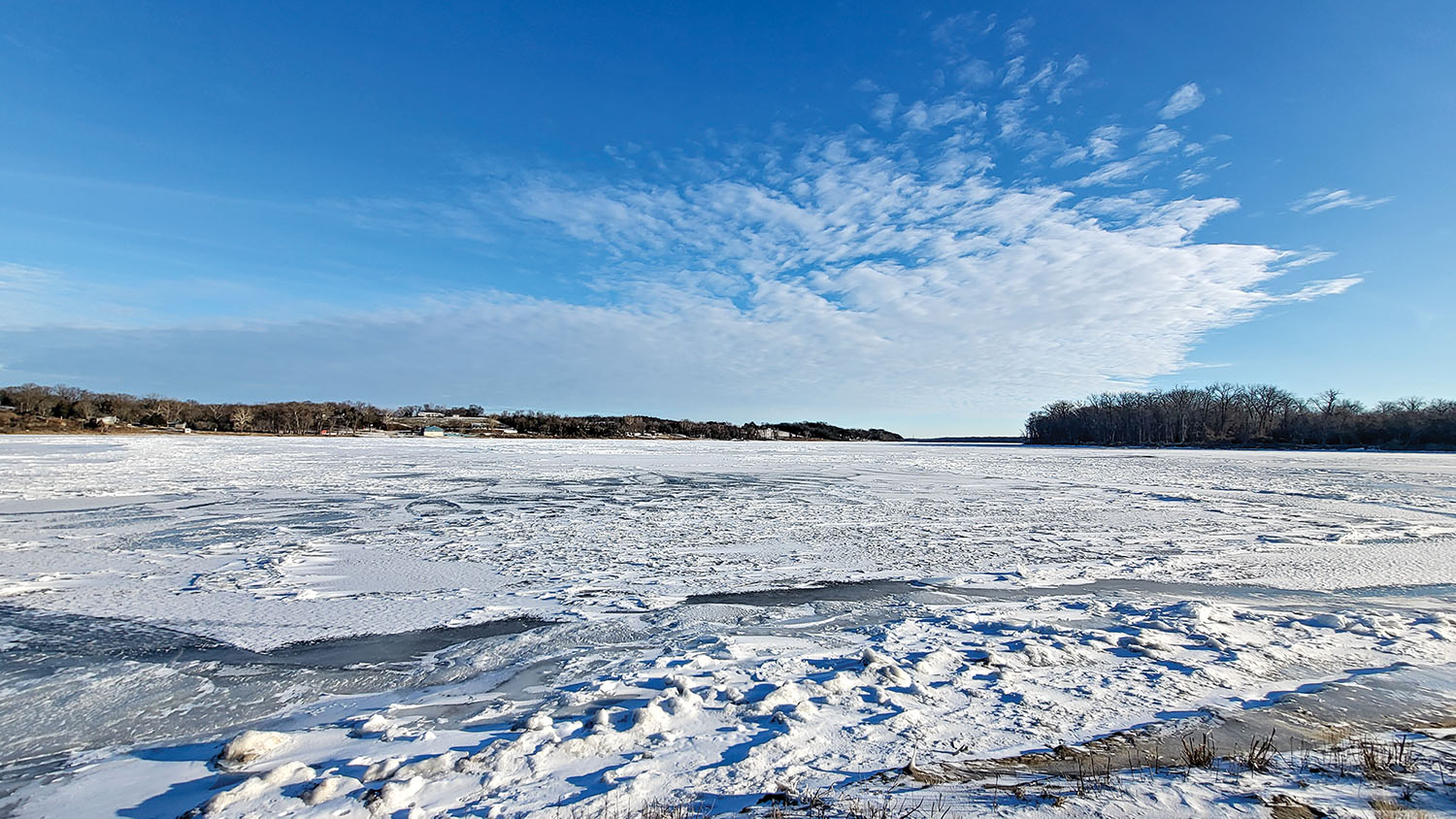Ice has vastly decreased flows on portions of the Illinois and Upper Mississippi rivers, with crews working in teams to break it up.
Terry Bass, chairman of the Illinois River Carriers Association, said the Starved Rock pool on the Illinois River was experiencing ice building between Mile 235 and Mile 237.
“A couple of boats are working together to try to get the ice moving,” he said January 17.
Ice was also a problem near Havana, Ill., Mile 130 of the LaGrange pool, Bass said.
He added that the sudden deep freeze across the Midwest had created conditions not seen for years.
“We’ve been having our diesel fuel freeze,” he said. “I’ve never seen that happen before.”
Crews working near Joliet, Ill., had to find a different additive to place in fuel on tanker barges being transported, he said. Additionally, while on the phone with a captain, Bass said he learned the main pipes inside the hull of that boat had frozen so that no water was getting upstairs.
The actual air temperature in northern Illinois on January 15 and 16 was –10, with a windchill in the –30s, Bass said.
“I’m seeing ice in places I haven’t seen in years,” he said.
Bass was helping to organize plans for companies working in the area to move at least in pairs so that they could break ice for each other.
“We’re not competitors any more,” he said. “We’re team members.”
Bernie Heroff, chairman of the River Industry Action Committee (RIAC), which responds in times of extreme conditions on the Upper Mississippi, said that as of January 15 about 60 percent of the St. Louis Harbor was covered in ice.
He had heard reports of floating ice from St. Louis south to as far as about Cape Girardeau, Mo.
Steve Buan, hydrologist in charge of the North Central River Forecast Center in Chanhassen, Minn., said river systems in the Midwest had a brief increase in flow from rain a couple of weeks ago, but that the cold area came in and locked it up in ice.
“The water didn’t get into the main flows,” he said. “We get some sharp cold snaps in January, and the river can just seem to drop out in a matter of hours.”
This particular winter storm had a major effect in part because it was the first major, widespread storm of the season and not only produced snow but bitter cold that lasted for days, quickly forming thick ice in areas that had been mainly open water.
Buan noted that in St. Louis, the river stage hit –2.9 feet on January 15 before rebounding to –1.5 feet by January 17. However, he said he expected the levels to fall back below –2 feet with the next cold snap.
“Then, moderation after that,” he said, adding that forecasters were hoping for it to rise to 0 feet by the middle of the next week.
“Right now it’s a very dynamic situation,” he said.
Buan added that ice had also been causing issues on the Illinois River, on the Missouri River in the Kansas City area and on several other tributaries of the Upper Mississippi above its confluence with the Ohio River. The St. Louis, Mo., to Cairo, Ill., reach of the Upper Mississippi remained the greatest concern, he said.
“I think there’s some relief on the horizon,” Buan said, adding that widespread temperatures in the 30s and 40s were expected across the Midwest within the next week. “We all know winter will start to release its grip. It’s just how quickly will that happen?”
Caption for photo: Ice was bank-to-bank in the Alton pool of the Upper Mississippi River January 16. (Photo by Zac Metcalf)




